30 Most Popular Ingredients the FDA and USDA Regulate

When we're out grocery shopping or ordering food from a restaurant, we usually don't give much too much thought to the process that allows each food item to be on our table. But foods from red meat to fresh veggies are all strictly regulated, mainly by the Food & Drug Administration (FDA). The FDA is responsible for regulating approximately 78% of the U.S. food supply, while the United States Department of Agriculture handles the remaining foods.
Of course, like everything else, nothing is straightforward or simple when it comes to food regulation, and there are some head-scratching exceptions. Curious to see what they are? Read on!
And for more, don't miss these 15 Classic American Desserts That Deserve a Comeback.
French Dressing

French dressing is one of the many foods regulated by the FDA—but that may change soon due to a request of the Association for Dressings & Sauce. The agency has been in charge of regulating the ingredients in French dressing for nearly 70 years, but they seem to agree that regulation is no longer necessary.
"The standard does not appear necessary to ensure that the product meets consumer expectations," the agency said in a statement. "The FDA has tentatively concluded that it is no longer necessary to promote honesty and fair dealing in the interest of consumers and may limit flexibility for innovation."
Peanut Butter
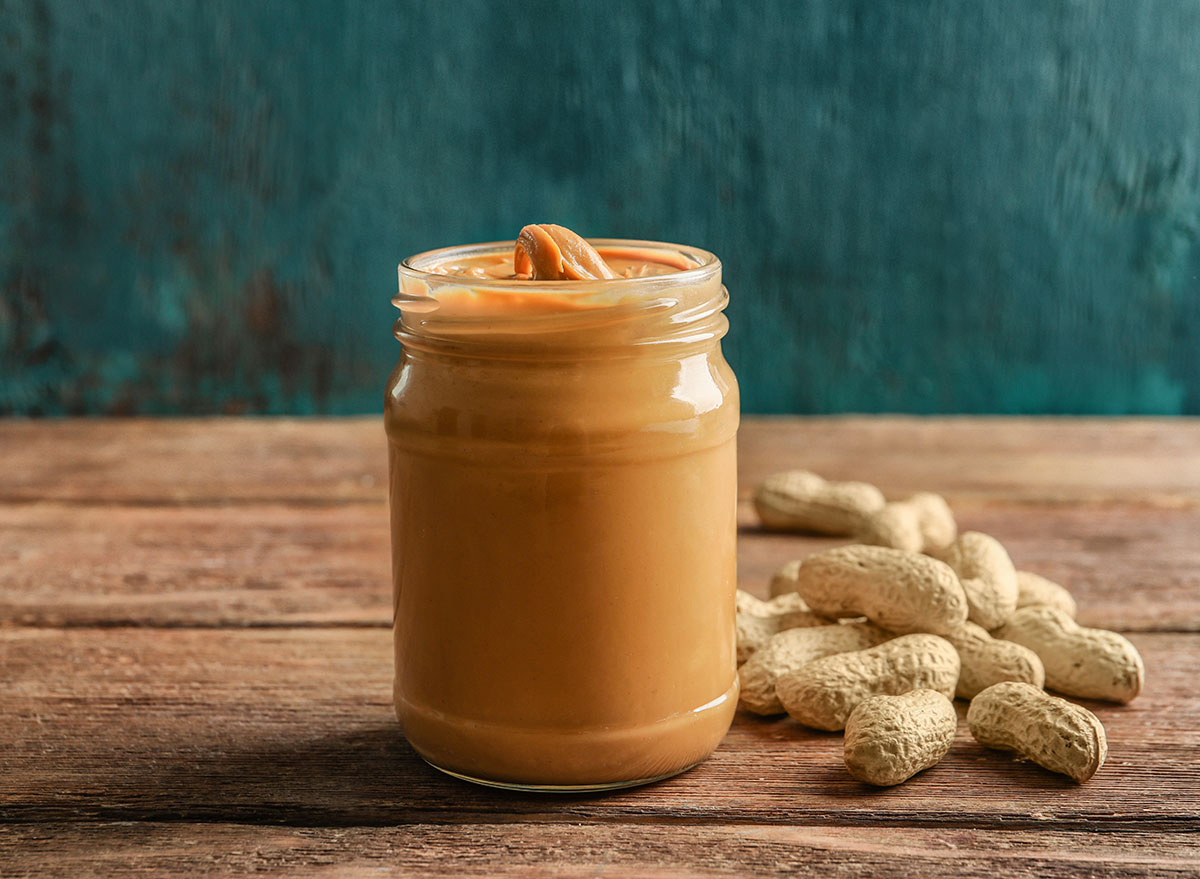
If it's in a jar, peanut butter is regulated by the FDA. This is because a jar of peanut butter (or jelly) is considered a packaged food, and all packaged foods are subject to FDA regulation.
Frozen Pizza

The frozen pizzas we stick in the oven after a long day are also considered a packaged food, and they're regulated by the FDA.
Bottled Water

The FDA has specific bottled water standards, and every brand needs to meet them before they go to restaurants, convenience stores, or grocery store shelves.
Antioxidant Drinks
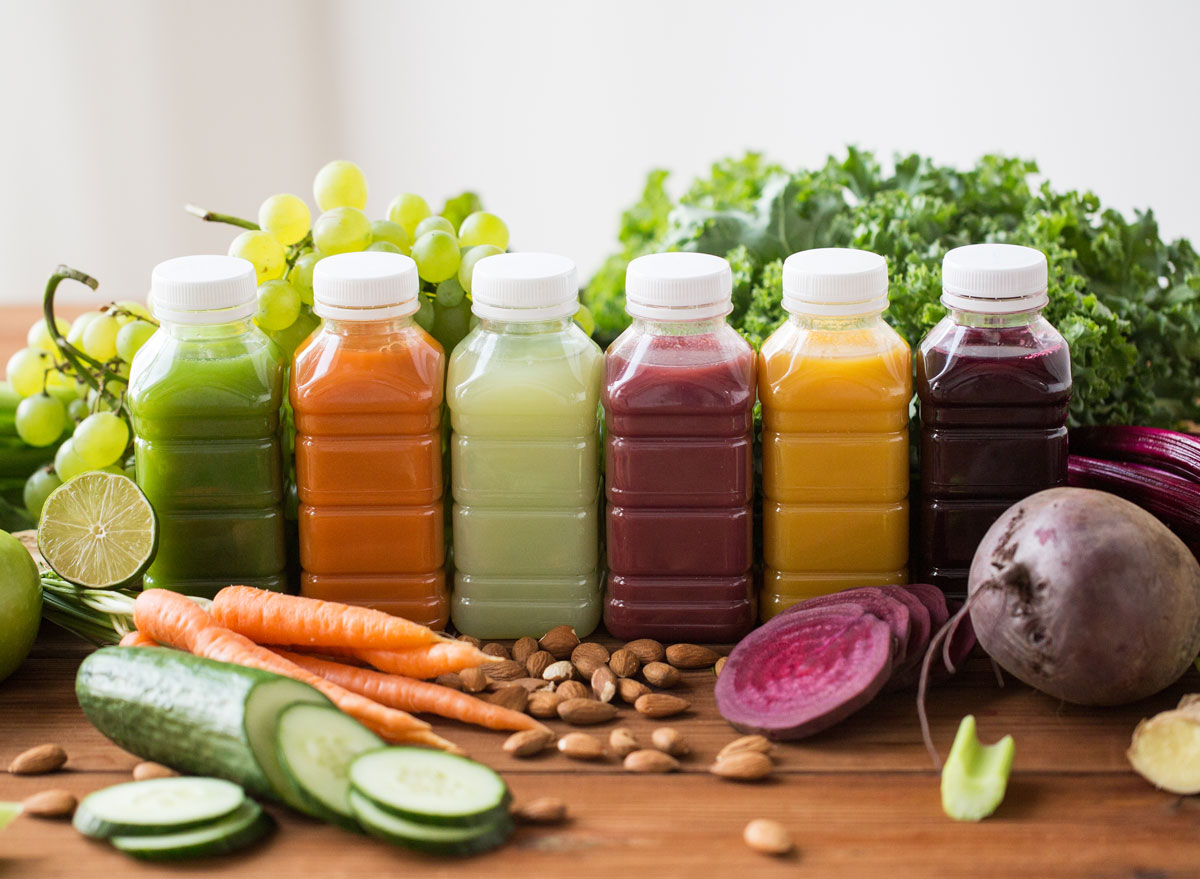
Antioxidant drinks are considered a "functional beverage," so they fall under the FDA's purview.
Energy Drinks
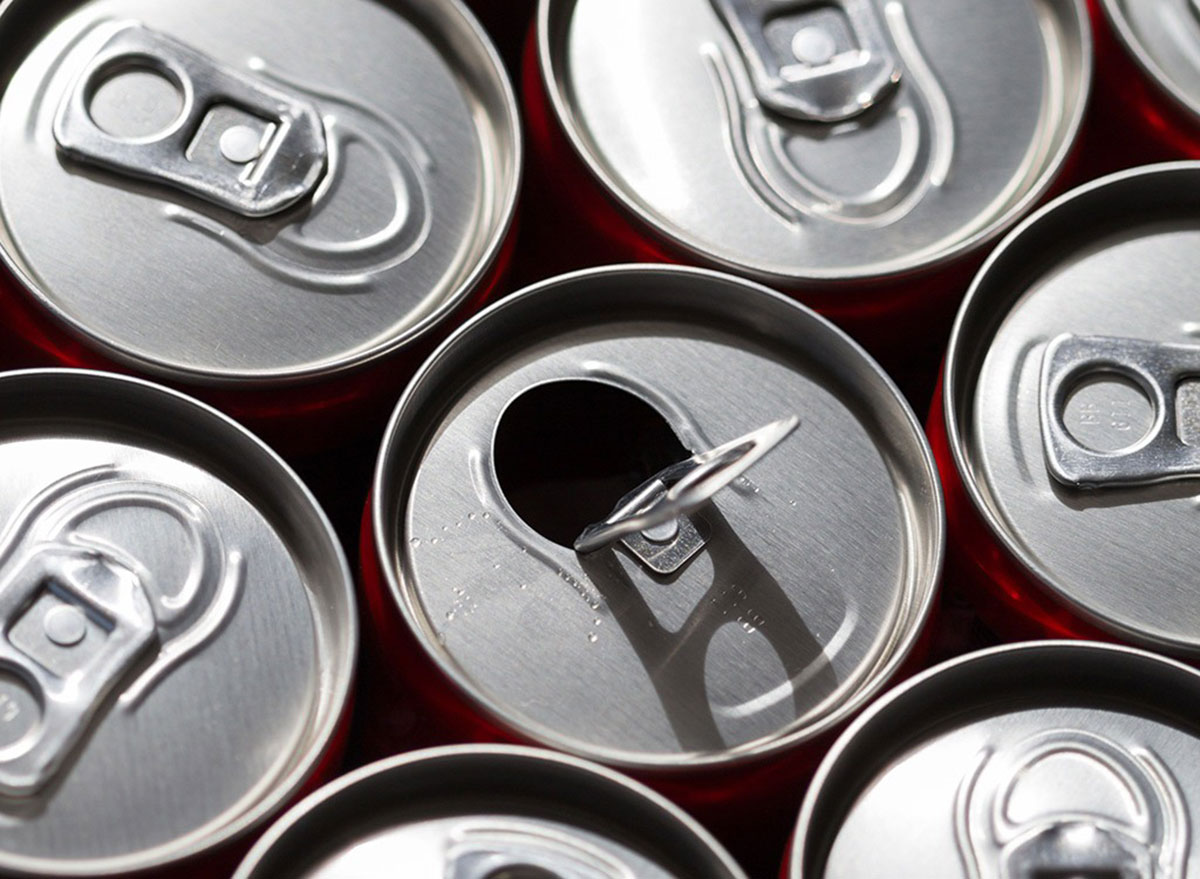
The energy drinks that get us through our afternoon slump are also in the functional beverage category and are regulated by the FDA.
Fruit Juice
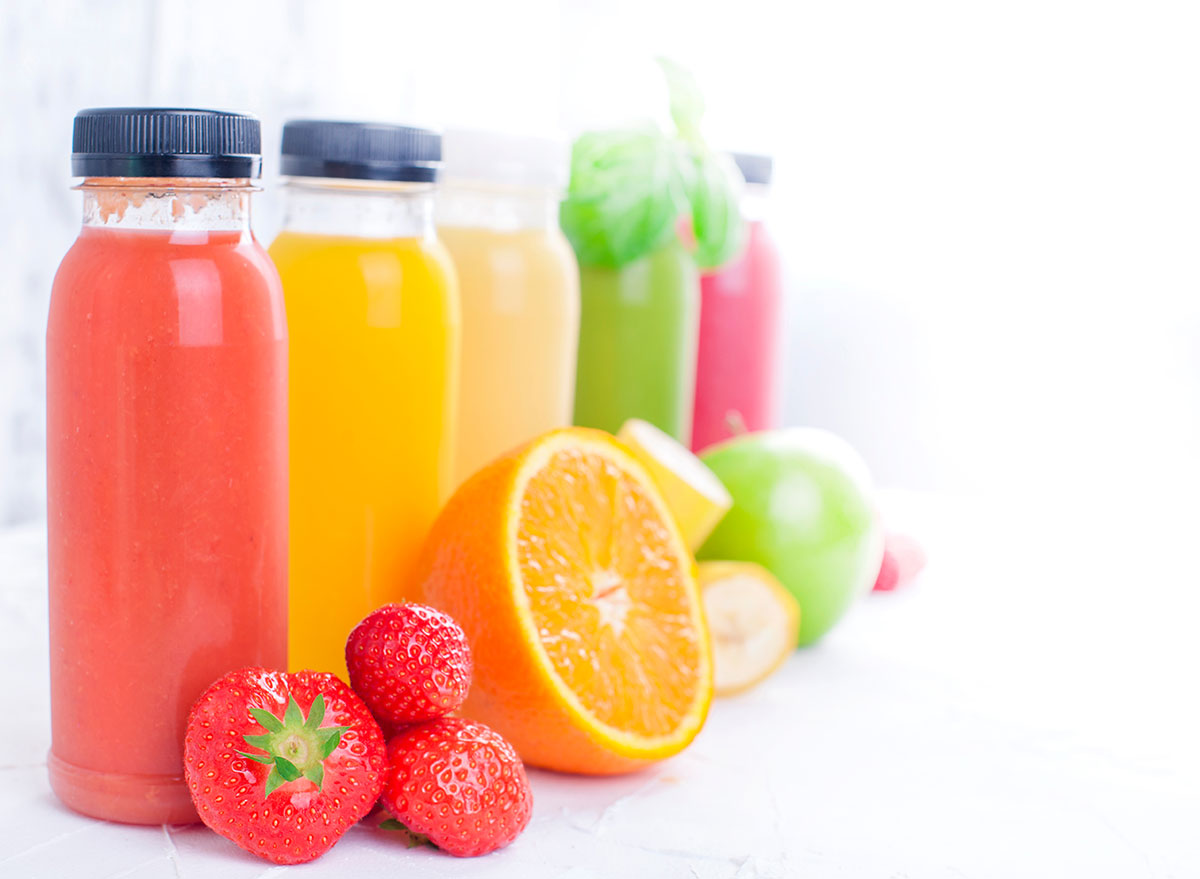
The FDA regulates fruit juice, ensuring that all color and ingredient additives are safe and that the "percent-juice" declarations on the label are accurate.
Vegetable Juice
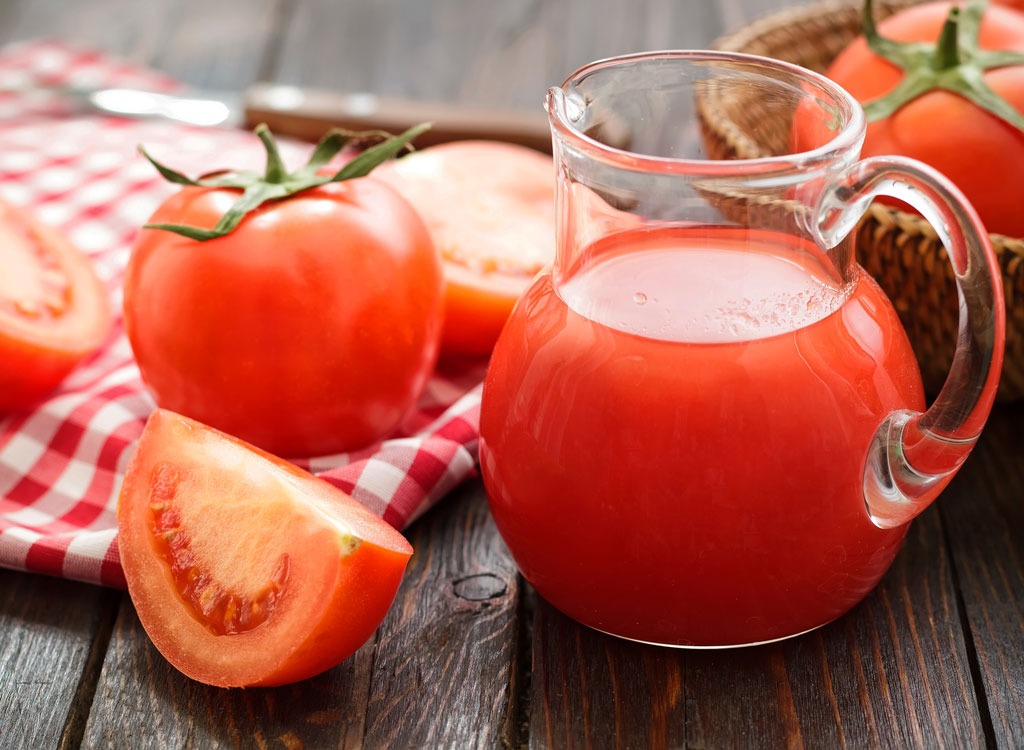
Vegetable juice is also subject to FDA regulations and labeling requirements.
Cereals

As a packaged food, cereal is also on the list. Favorites like Cheerios, Froot Loops, Cinnamon Toast Crunch, and Frosted Flakes are all regulated by the FDA.
Instant Coffee

The cup of instant coffee that starts your day has been approved by the FDA. (Thank you, FDA!)
Low Volume Alcohol Wine

In general, alcoholic beverages aren't required to comply with FDA labeling. But there are a few exceptions, and one of them is low volume alcohol wine. If a bottle of wine contains less than 7% alcohol by volume (ABV), the manufacturer is required to follow FDA labeling regulations.
Certain Beers

The FDA doesn't regulate all beers, either, but if a beer is made from a malted barley substitute such as rice or wheat, it's required to comply with FDA regulations. The same goes for beers that are made without hops.
Nuts

Peanuts, cashews, and all of your other favorite nuts to snack on are regulated by the FDA. Because nut allergies can be so severe, the FDA has strict rules about labeling any product that contains nuts.
Spices
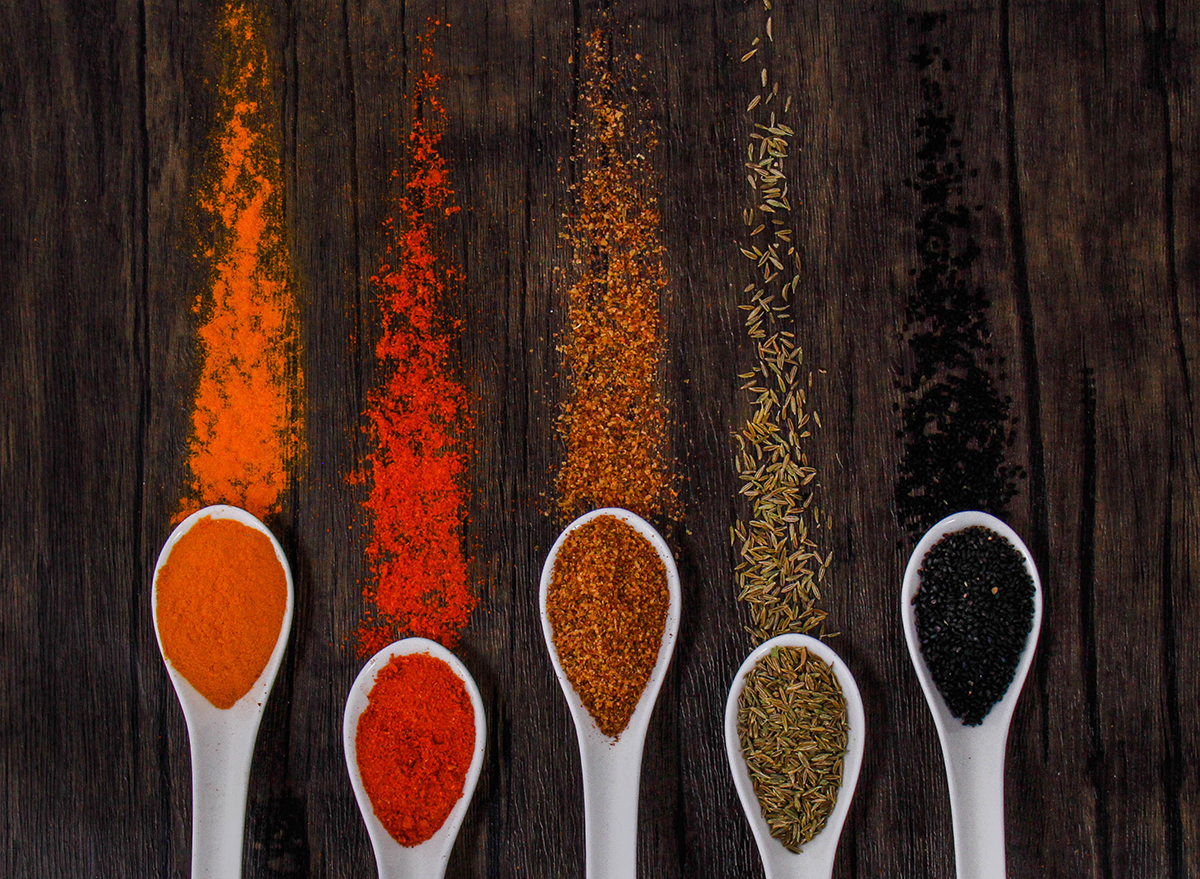
The FDA regulates both domestic and imported spices, and over the past 10 years, the agency has worked to make spices safer by drafting a risk profile. The implementation of The FDA Food Safety Modernization Act (FSMA) also increased the safety of spices due to its focus on tightening controls in the supply chain.
Flour
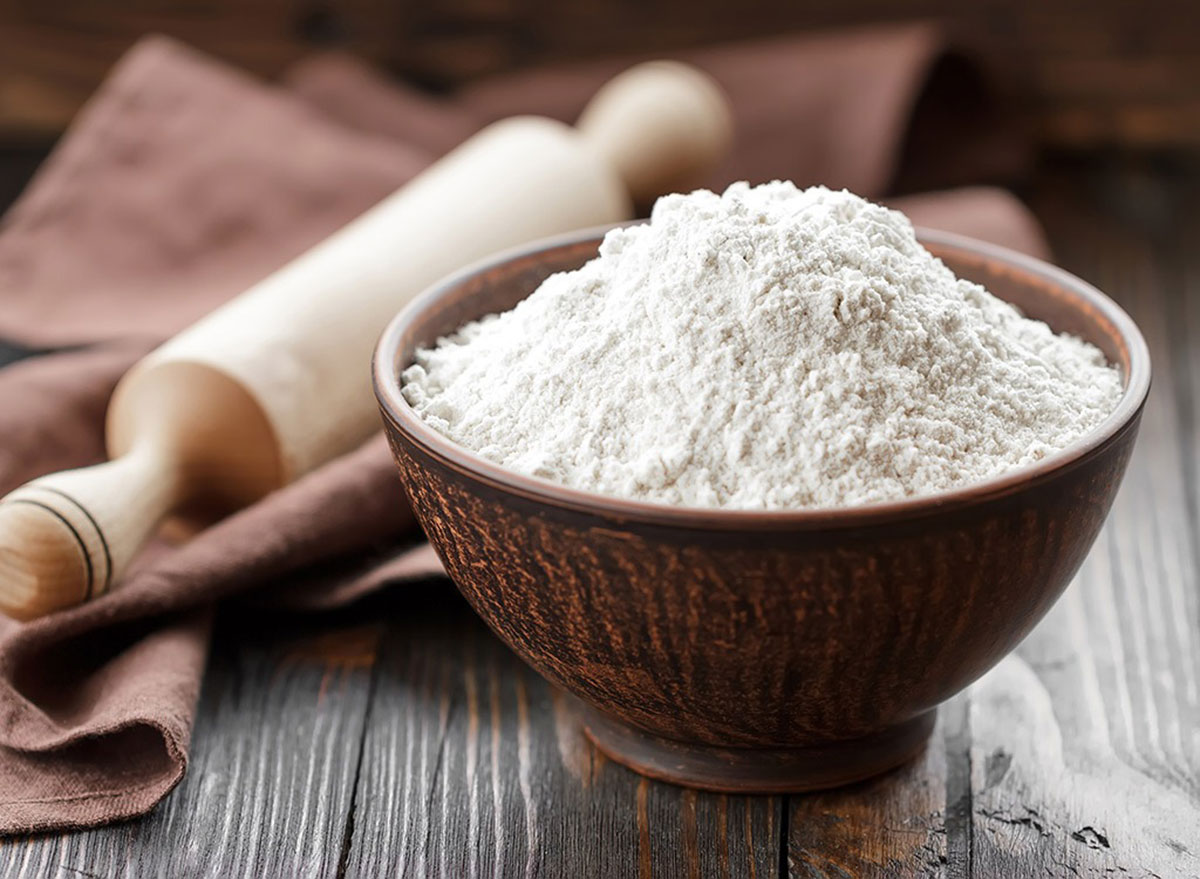
The ingredients we use to make our own food and baked goods at home, like flour, are also regulated by the FDA.
Fresh Fruit
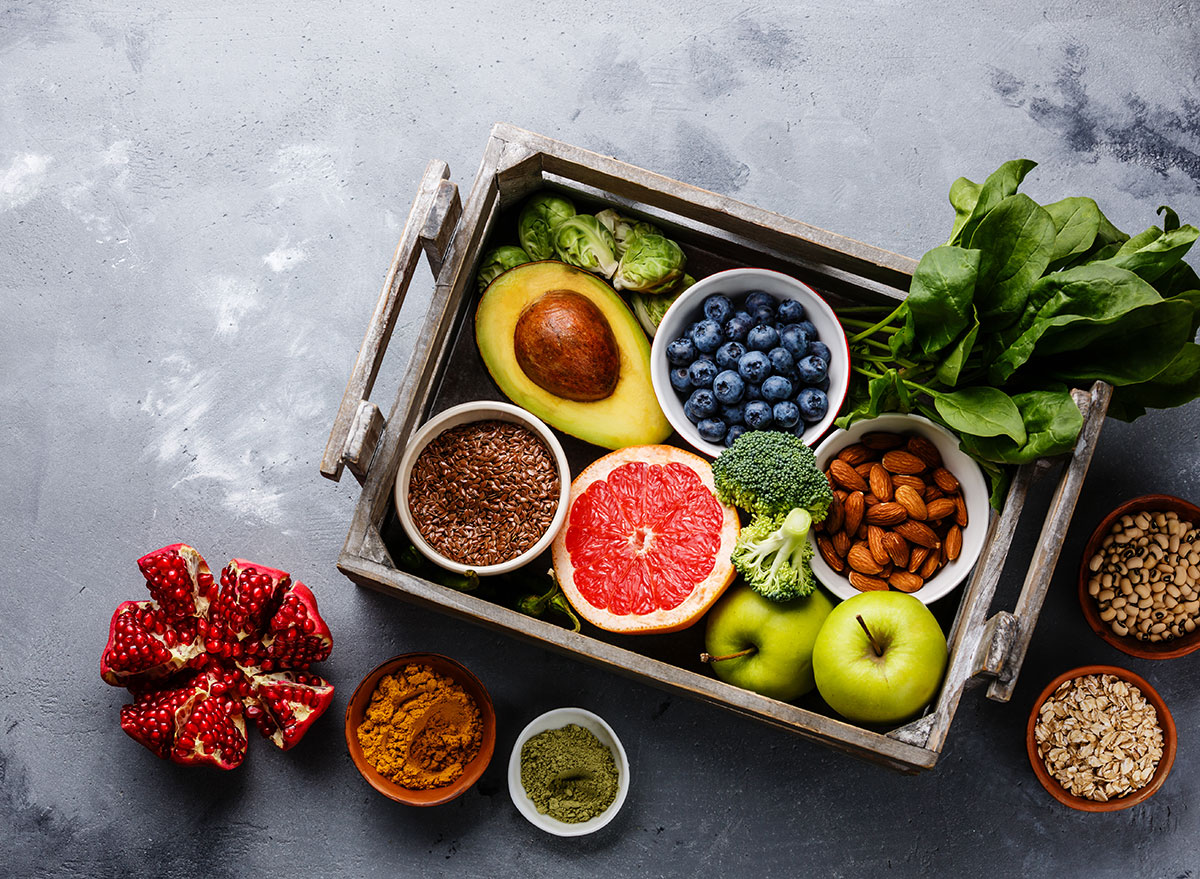
The FDA is in charge of regulating all produce, such as fresh fruit.
Cheeses
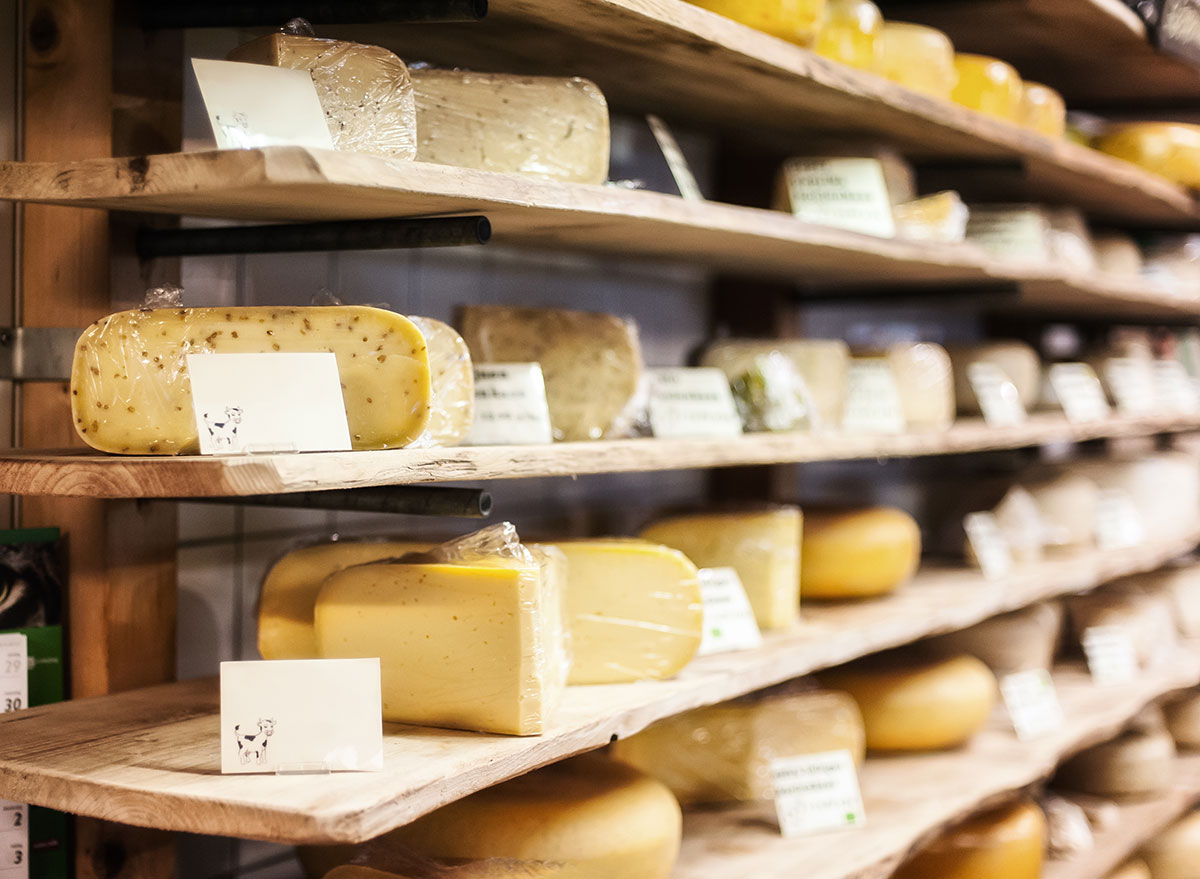
There are specific FDA regulatory food standards for dairy products, which means all cheeses are regulated by the agency.
Milk

Milk and all milk products are also regulated by the FDA.
Yogurt
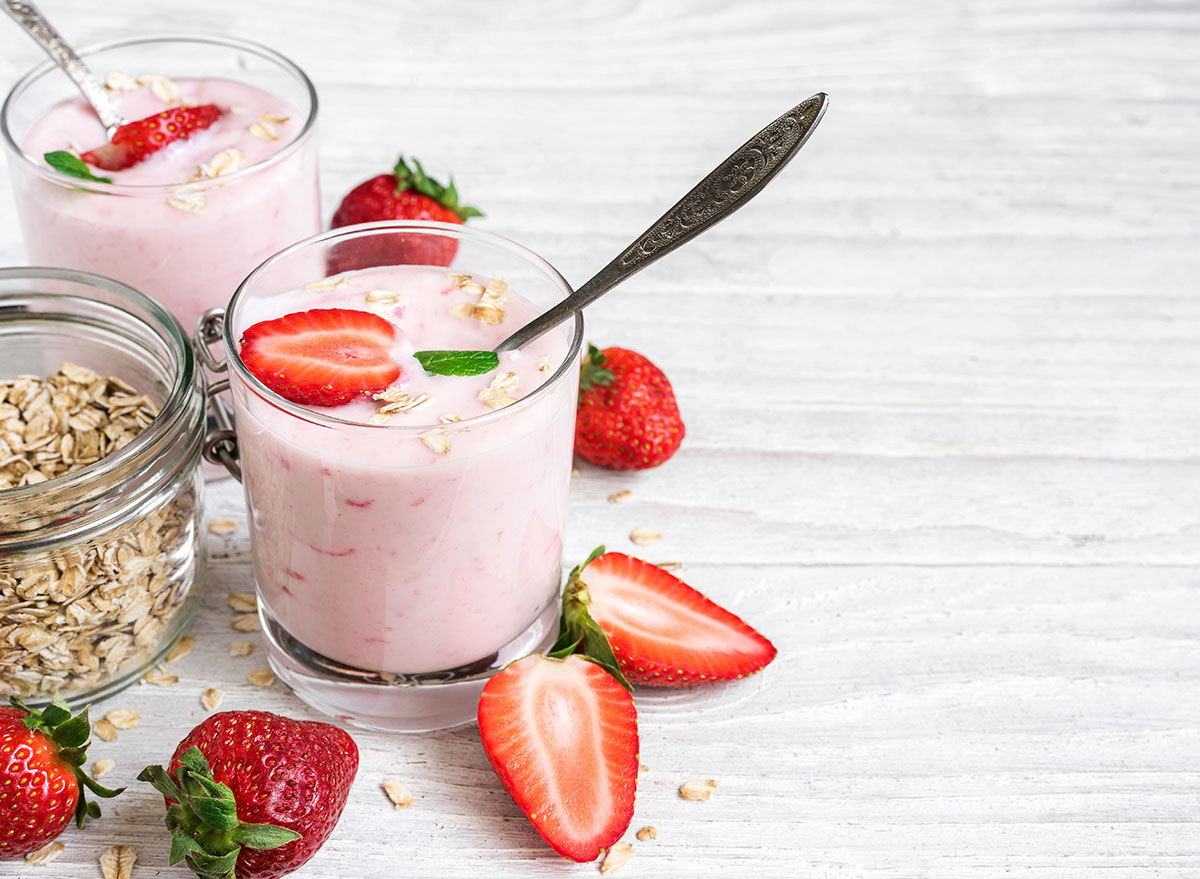
Because it's also a dairy product, the FDA is responsible for yogurt as well.
Grab-and-Go Salads
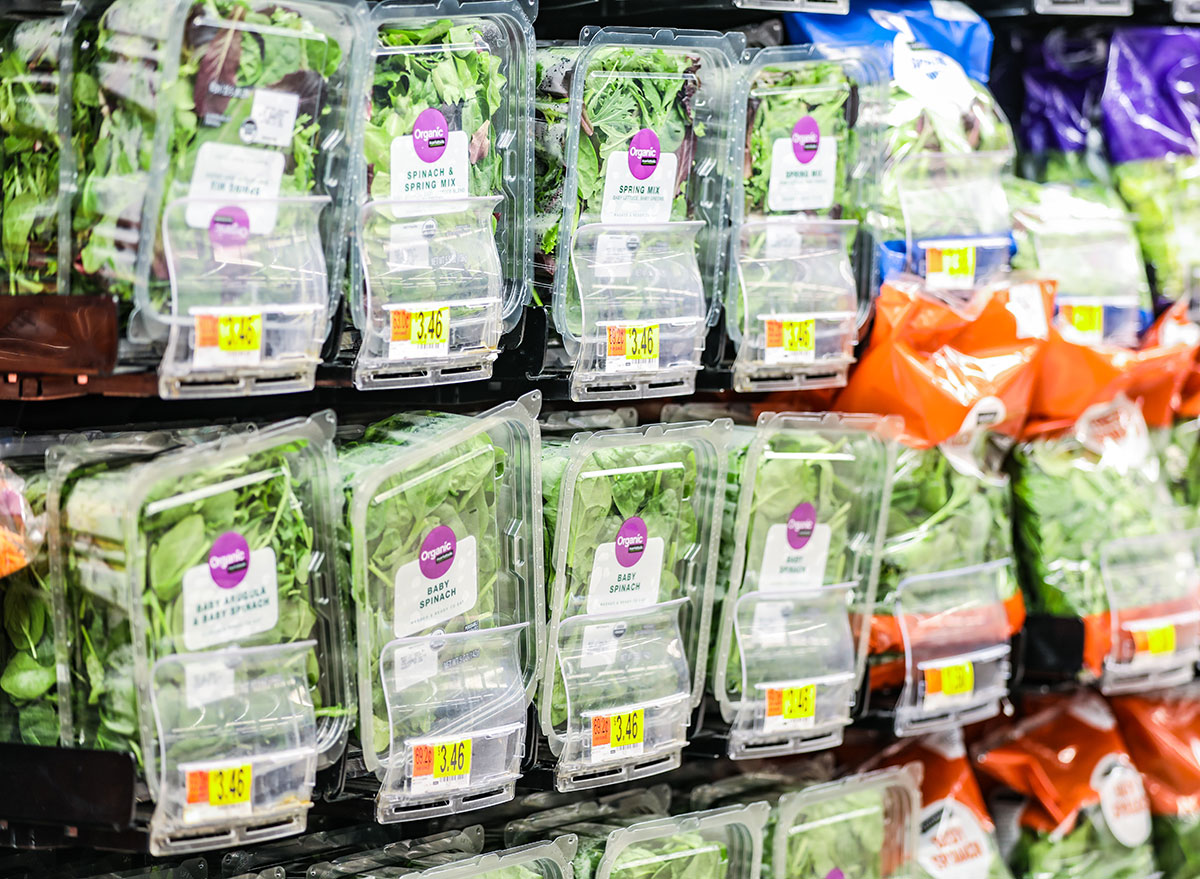
Grab-and-go salads are a popular "go-to" for lunch when we're in a hurry. Because they're a packaged food, our salads are regulated by the FDA.
Dietary Supplements

The FDA regulates dietary supplements, but the agency emphasizes that there are still potential dangers to these products, and you should consult with a doctor before taking them.
Packaged Sandwiches with Two Slices of Bread
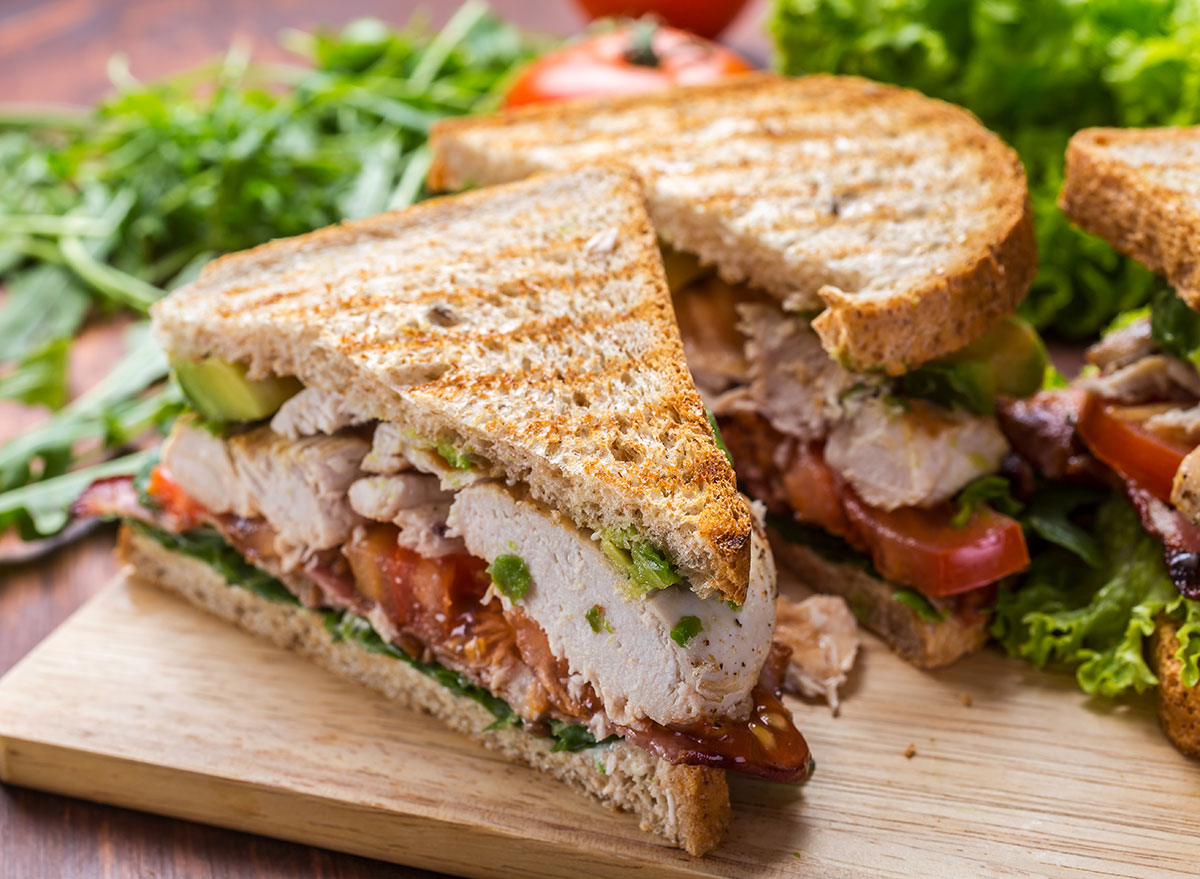
Here's where things start to get interesting! Because the United States Department of Agriculture (USDA) is responsible for regulating the majority of meats, the FDA is only responsible for regulating packaged sandwiches if they have two slices of bread. When the ratio of meat to other ingredients is less than 50%, regulation falls to the FDA.
Open-Faced Packaged Sandwiches
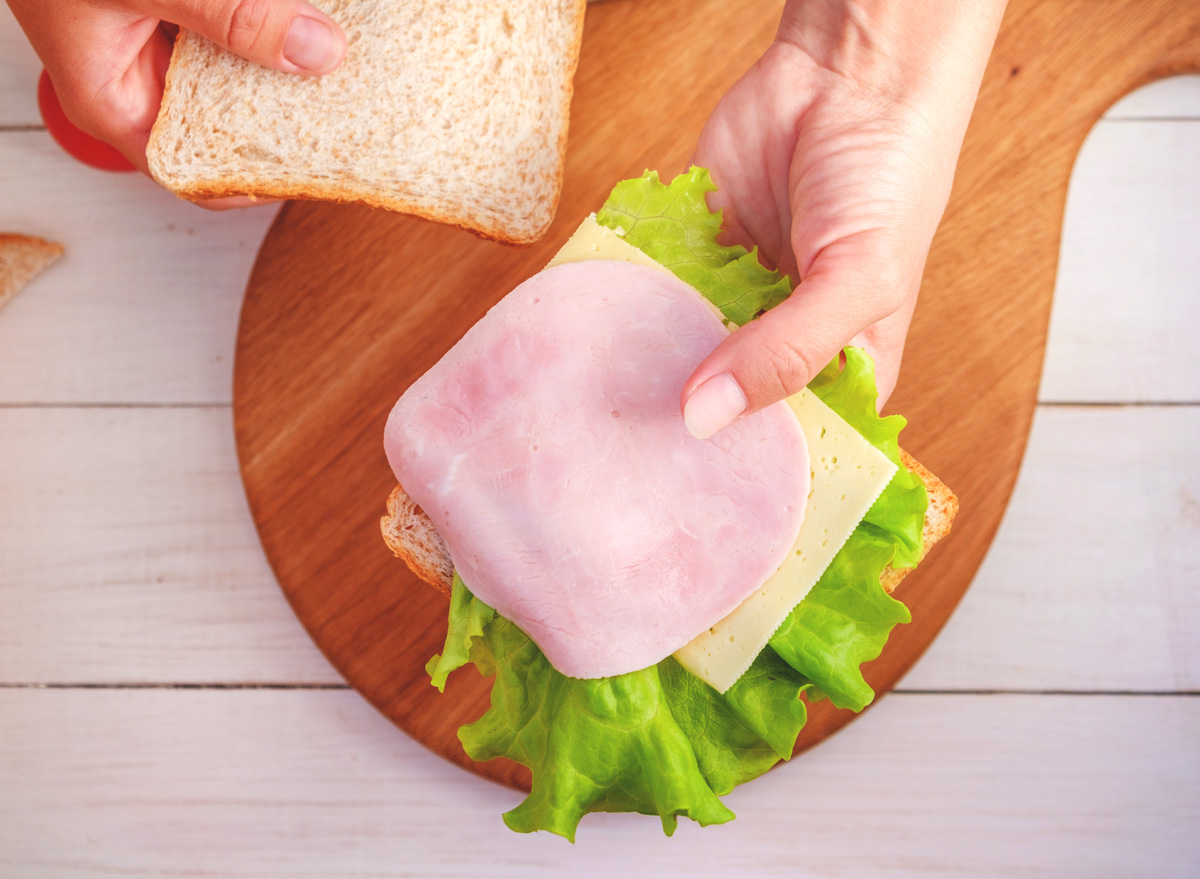
When it comes to open-faced packaged sandwiches, the USDA is in charge of regulation because the ratio of meat to other ingredients is higher than 50%.
Seafood
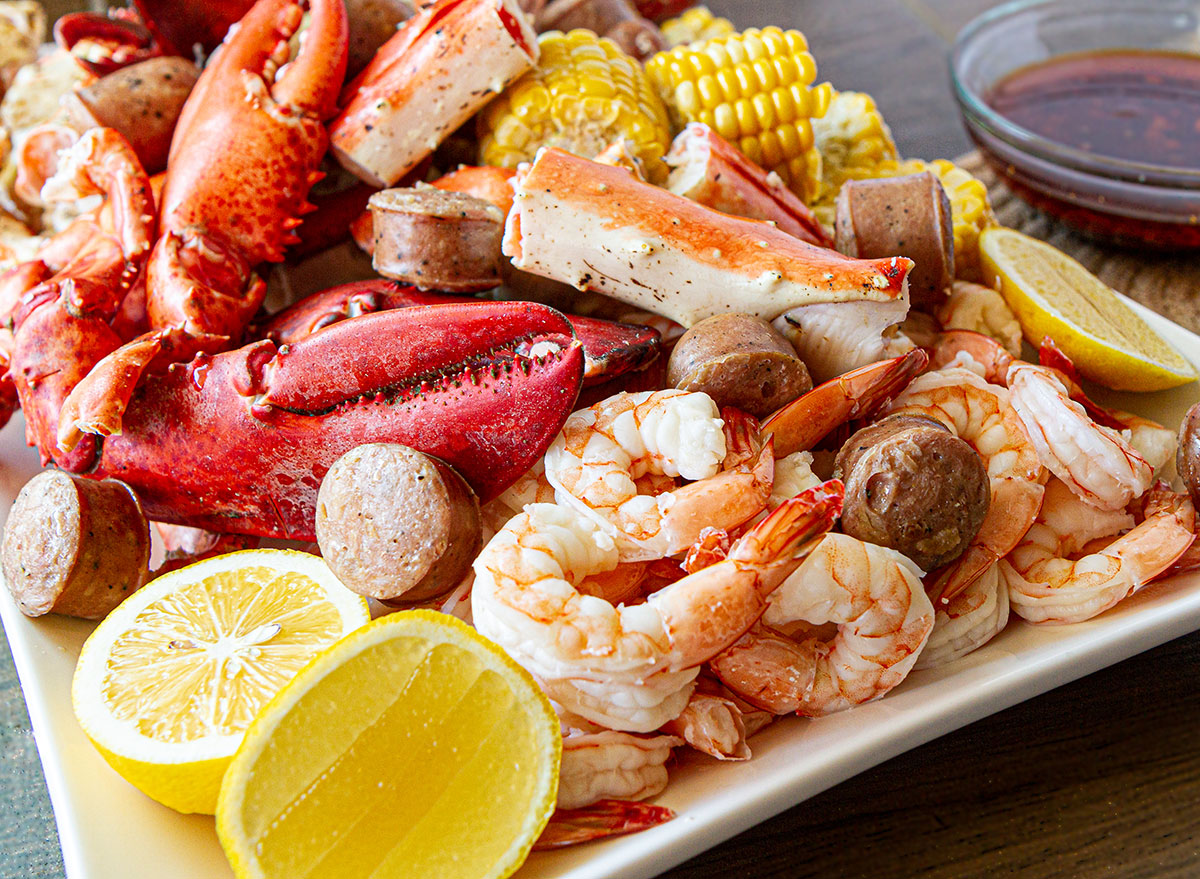
The FDA regulates both domestic and imported seafood. This includes fish and shellfish.
Catfish

The one exception to the seafood rule is catfish, which is regulated by the USDA. The reason catfish now falls under the USDA's purview is that, due to safety concerns, Catfish Farmers of America requested stricter regulations. The 2008 Farm Bill included a provision that moved catfish inspection and regulation from the FDA to the USDA.
Red Meat
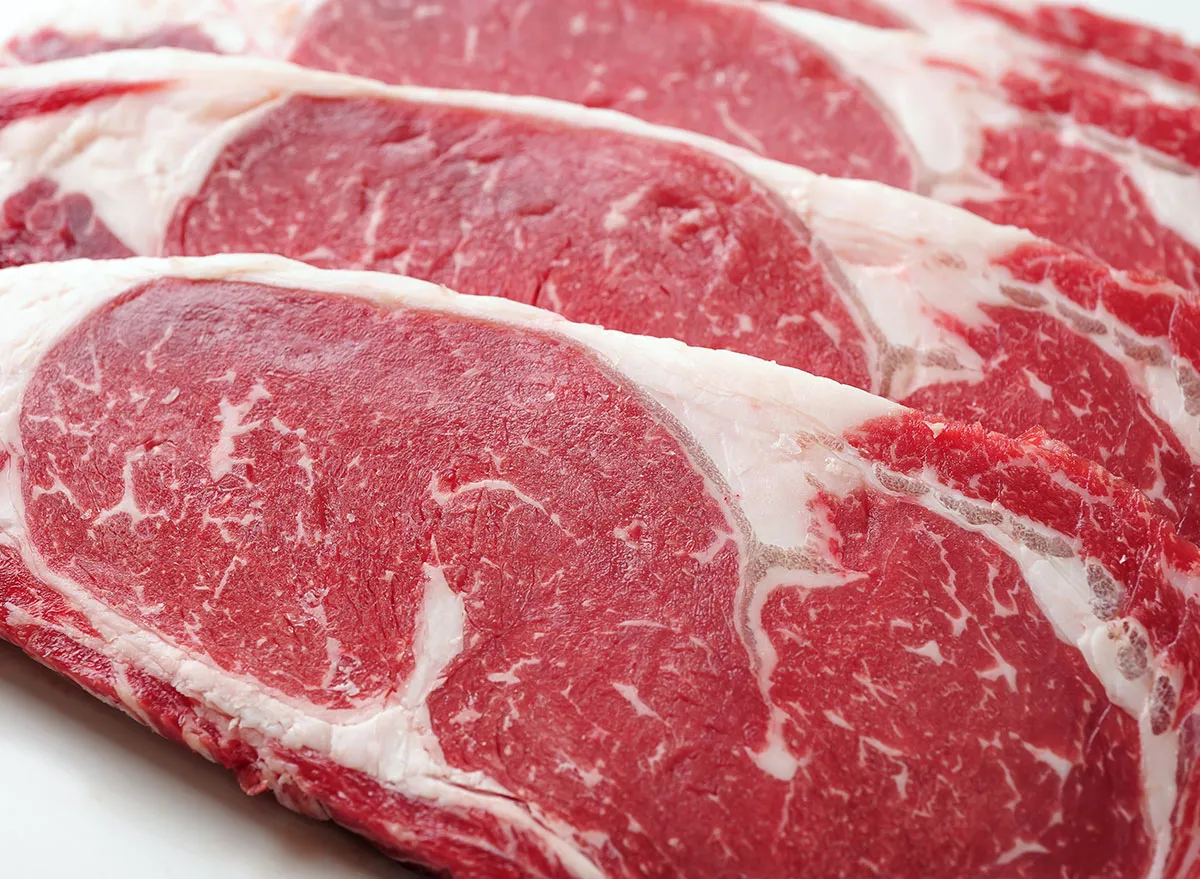
Some—but not all—meats fall under the USDA's purview. The agency is responsible for regulating red meats: beef, pork, and lamb.
Poultry

Poultry, which includes chicken and turkey, is also regulated by the USDA.
Game Meats and Wild Meats
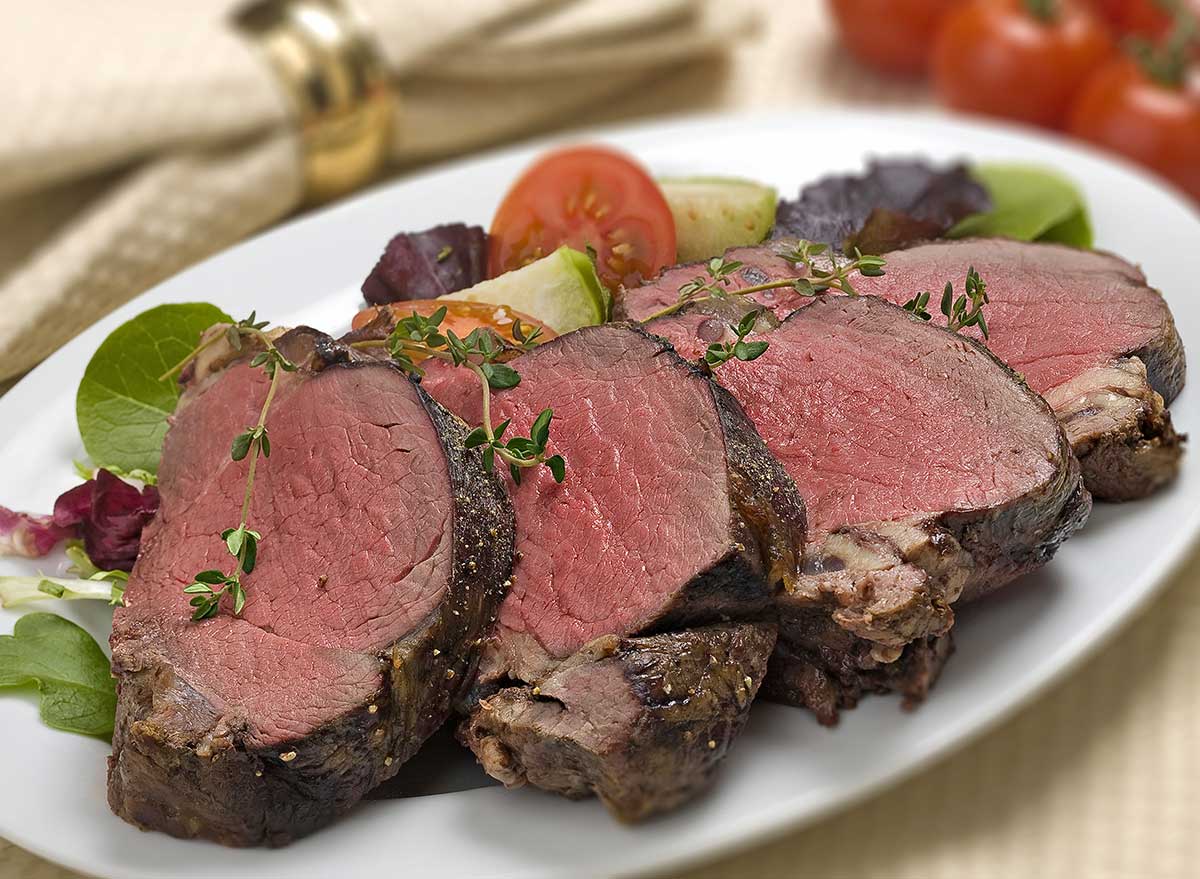
When it comes to game meats and exotic meats, regulation responsibilities go back to the FDA. This includes bison, elk, moose, and rabbit. "Wild" meats like wild turkey, wild duck, and wild geese are also regulated by the FDA.
Processed Egg Products

Eggs are another food that's split between the FDA and the USDA. Because the USDA regulates egg product processing plants, processed egg products such as dried, frozen, or liquid eggs fall under their purview.
Whole Eggs

Just to keep things interesting, the USDA doesn't regulate all egg products. The FDA is responsible for regulating any egg products that don't fall under the USDA's definition of egg products. This means the FDA regulates whole eggs in their shells. And while the USDA oversees and regulates egg processing plants, the FDA is responsible for regulating the eggs used in establishments like restaurants and bakeries.
For more, check out these 108 most popular sodas ranked by how toxic they are.








